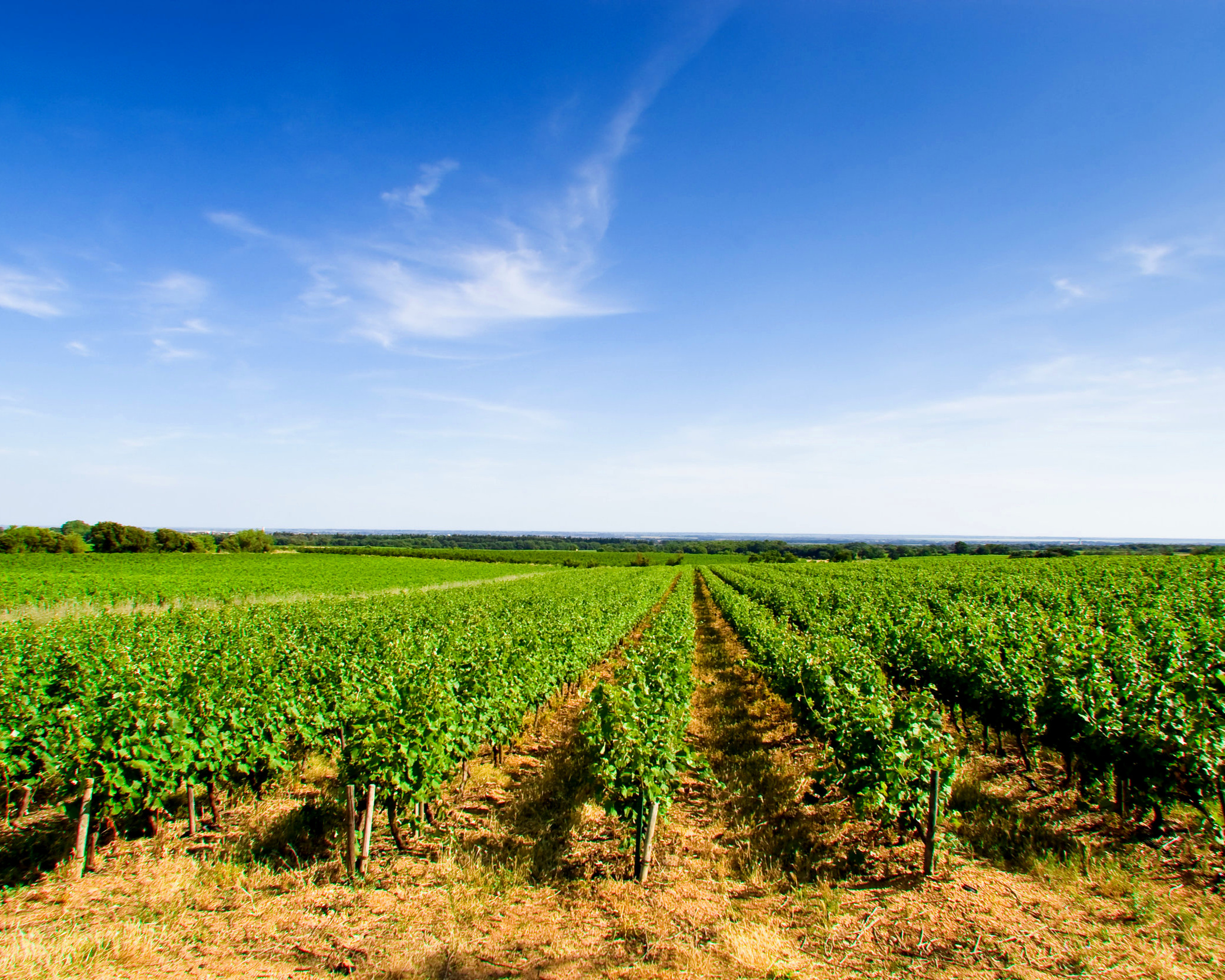"A.O.C," or "Appellation d'Origine Controlé" is an official regional Label of Origin. Highly regulated, it doesn't stop to the region delimitation, this appellation is also set to an array of fabrication limitation, and guidelines for every single vat that bares it. What it means for the consumer, is that each bottle of wine labeled with an "A.O.C-Cotes de Provence" is deemed to be a highly qualitative wine.
Thus, by respecting the ancestral yet sustainable limitation and regulation imposed by the French Label; regulated itself by the French Agricultural Ministry, and inspected by the Bureau of Investigation into Fraud, the "A.O.C" label is a must when it comes to ensuring a highly qualitative Rosé. Each Provence "A.O.C" has specific rules covering allowable grape varieties, particular terroirs, maximum yield per hectare, and a whole list of specifications.
By its desire of harmonizing "official signs of quality" throughout Europe, the European Commission has created an equivalent quality label name "A.O.P," or "Appellation d'Origine Protégée." Since 2002, an "A.O.C" label cannot exist without being automatically registered on the European level as an "A.O.P." The French government has officially announced that the long-standing "A.O.C-Appellation d'Origine Contrôlée" system is replaced by the quality ladder "A.O.P-Appellation d'Origine Protégée." However, it will be a couple of years before you see many labels with the new AOP designation.
For wines that have many years of life, you will continue to see the “A.O.C” statement for decades to come. That change in denomination doesn't alter the quality or specificities of the original "A.O.C."
